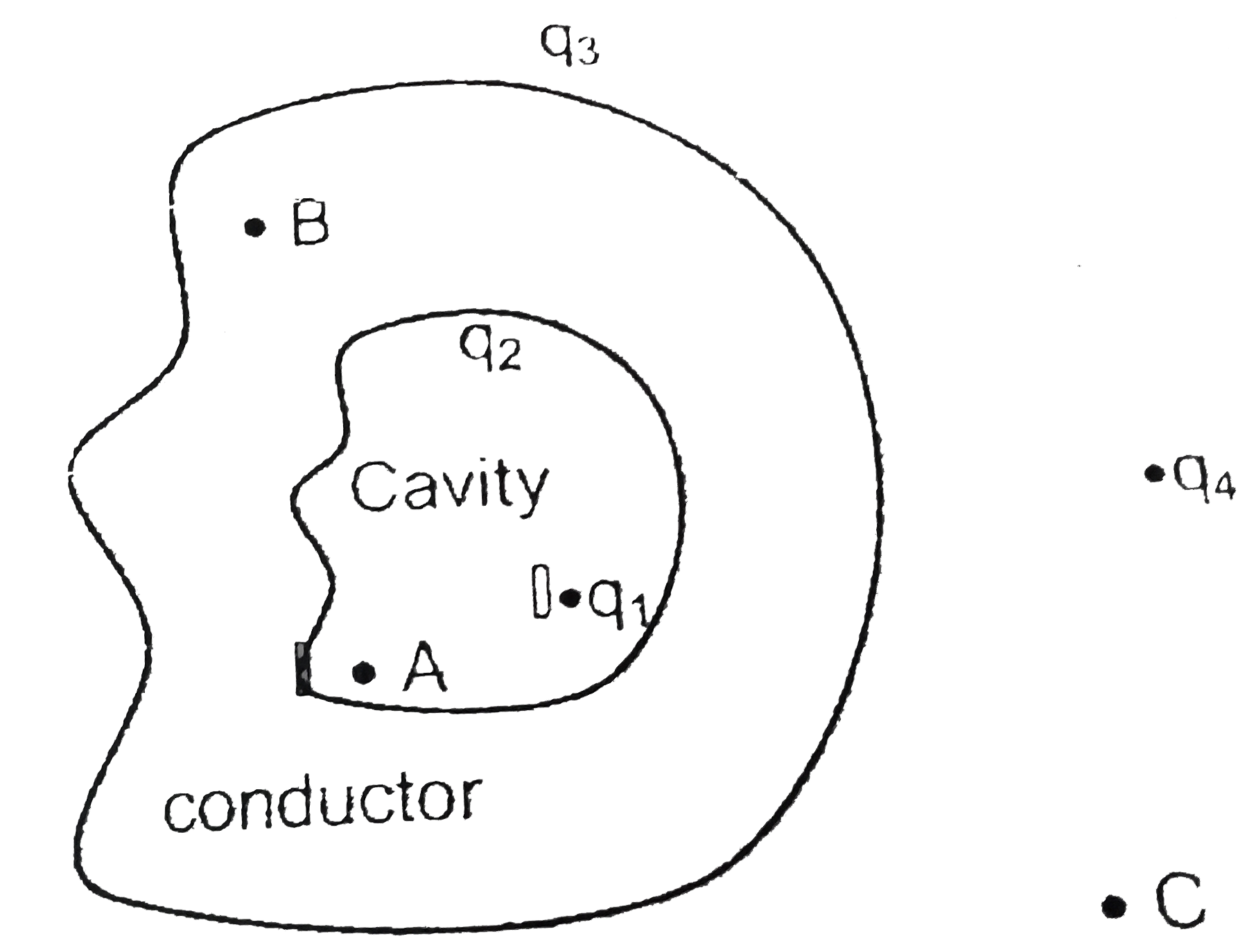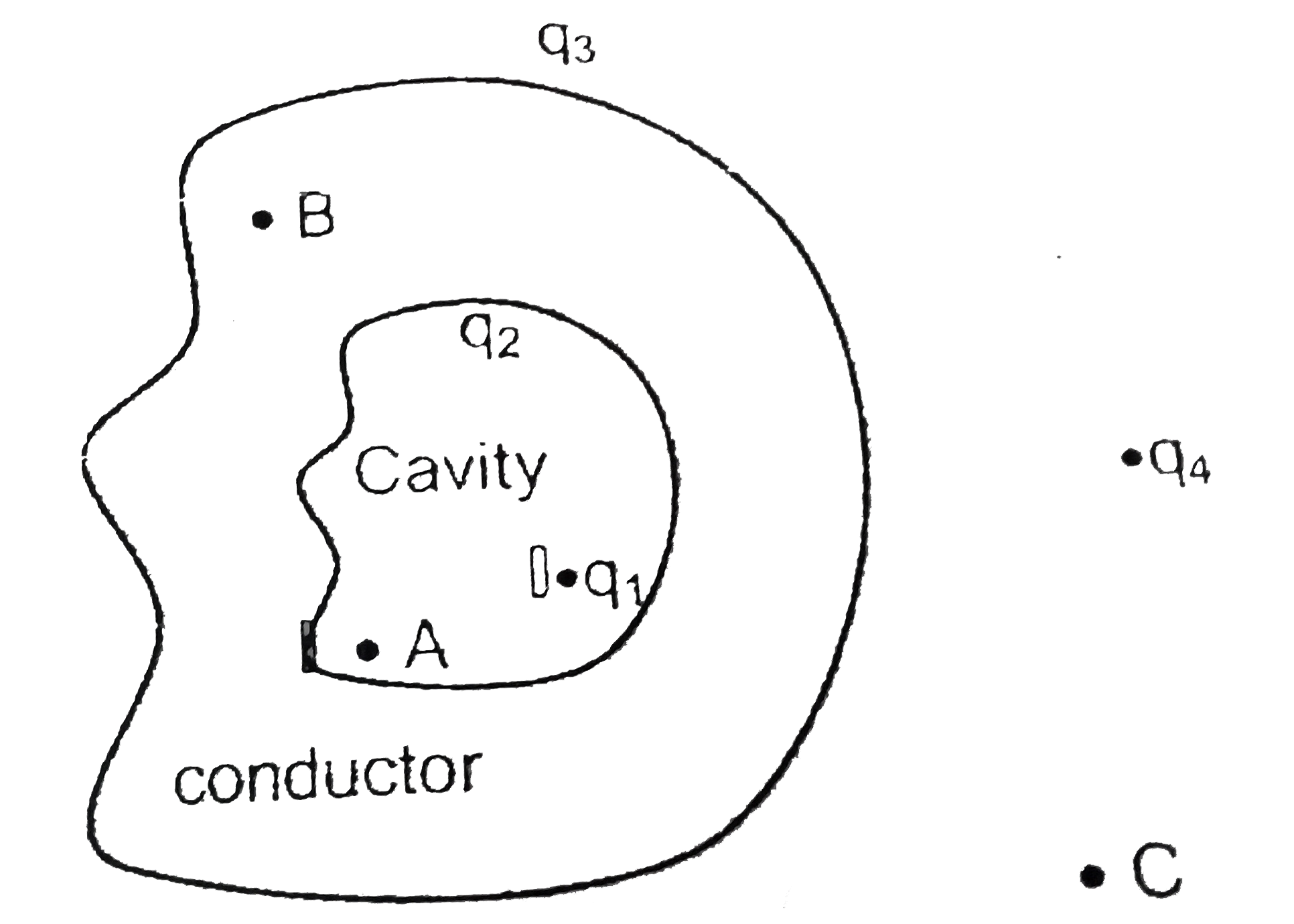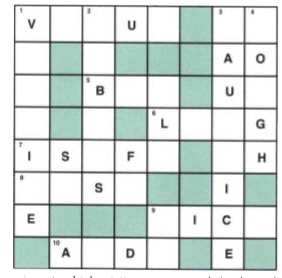Which points are correct with the regarding of skeletal muscles ?
(1) Their activities are under the voluntary control of the nervous system.
(2) They are located in the inner walls of visceral organs.
(3) They are primarily involved in locomotory actions and changes of body postures.
(4) They have no striped appearance
a) B,D
b) B,C,D
c) A,D
d) A,C
The correct Answer is:4
To determine which points are correct regarding skeletal muscles, let's analyze each statement one by one:
1. Statement 1: "Their activities are under the voluntary control of the nervous system."
- Analysis: This statement is true. Skeletal muscles are indeed under voluntary control, meaning we can consciously control their movements. They are primarily responsible for actions like walking, running, and other movements we perform intentionally.
2. Statement 2: "They are located in the inner walls of visceral organs."
- Analysis: This statement is false. Skeletal muscles are not found in the inner walls of visceral organs; instead, they are attached to the skeleton and are responsible for moving bones. The muscles located in the inner walls of visceral organs are smooth muscles, not skeletal muscles.
3. Statement 3: "They are primarily involved in locomotory actions and changes of body postures."
- Analysis: This statement is true. Skeletal muscles play a crucial role in locomotion (movement) and maintaining body posture. They are the muscles that allow us to move our limbs and maintain our stance.
4. Statement 4: "They have no striped appearance."
- Analysis: This statement is false. Skeletal muscles do have a striped or striated appearance due to the arrangement of actin and myosin filaments within the muscle fibers. This striated pattern is a defining characteristic of skeletal muscles.
Conclusion: The correct statements regarding skeletal muscles are:
- Statement 1: True
- Statement 2: False
- Statement 3: True
- Statement 4: False
Thus, the correct points about skeletal muscles are statements 1 and 3.
Summary of Correct Statements:
- Statement 1 and Statement 3 are correct regarding skeletal muscles.
- Analysis: This statement is true. Skeletal muscles are indeed under voluntary control, meaning we can consciously control their movements. They are primarily responsible for actions like walking, running, and other movements we perform intentionally.
- Analysis: This statement is false. Skeletal muscles are not found in the inner walls of visceral organs; instead, they are attached to the skeleton and are responsible for moving bones. The muscles located in the inner walls of visceral organs are smooth muscles, not skeletal muscles.
- Analysis: This statement is true. Skeletal muscles play a crucial role in locomotion (movement) and maintaining body posture. They are the muscles that allow us to move our limbs and maintain our stance.
- Analysis: This statement is false. Skeletal muscles do have a striped or striated appearance due to the arrangement of actin and myosin filaments within the muscle fibers. This striated pattern is a defining characteristic of skeletal muscles.
- Statement 1: True
- Statement 2: False
- Statement 3: True
- Statement 4: False
- Statement 1 and Statement 3 are correct regarding skeletal muscles.
Topper's Solved these Questions
- HUMAN PHYSIOLOGY -IBOOK - ALLENCHAPTER - HUMAN PHYSIOLOGY -IEXERCISE - EXERCISE-I(Previous Year Questions) (AIIMS 2010)
8 Videos
- HUMAN PHYSIOLOGY -IBOOK - ALLENCHAPTER - HUMAN PHYSIOLOGY -IEXERCISE - EXERCISE-III(Analytical Questions)
19 Videos
- HUMAN HEALTH AND DISEASEBOOK - ALLENCHAPTER - HUMAN HEALTH AND DISEASEEXERCISE - Question
116 Videos
- HUMAN REPRODUCTION BOOK - ALLENCHAPTER - HUMAN REPRODUCTION EXERCISE - Question
92 Videos
Similar Questions
Which muscles are primarily involved in locomotory actions and changes of body postures:
View SolutionAssertion :− Skeletal muscles are closely associated with the skeletal components of the body.
Reason :− Skeletal muscles are primarily involved in locomotory actions and changes of body postures.
View Solution
Knowledge Check
(1) Centre of gravity (C.G.) of a body is the point at which the weight of the body acts,
(2) Centre of mass coincides with the centre of gravity if the earth is assumed to have infinitely large radius,
(3) To evaluate the gravitational field intensity due to any body at an external point, the entire mass of the body can be considered to be concentrated at its C.G..,
(4) The radius of gyration of any body rotating about an axis is the length of the perpendicular dropped from the C.G. of the body to the axis. which one of the following pairs of statements is correct ?A(1) and (4)B(1) and (2)C(1) and (3)D(3) and (4)
Assertion:−Visceral muscles do not exhibit any striation and are smooth in appearance.
Reason :− Their activities are not under the voluntary control of nervous system.
(a) If both Assertion & Reason are True & the Reason is a correct explanation of the Assertion .
(b) If both Assertion & Reason are True but Reason is not a correct explanation of the Assertion
(c) If Assertion is True but the Reason is False.
(d) If both Assertion & Reason are false.
View SolutionHow many of the following features belong to skeletal muscles?
I. Striped appearance
II. Voluntary nature
III. Not under the control of CNS
IV. Primarily involved in locomotory actions.
(a) one
(b) two
(c) three
(d) four
View SolutionWhich is incorrect regarding human testes?
1) They are primarily reproductive organ
2) They are involved in formation of gametes and hormones
3) They are composite or exclusively exocrine glands as sperms are released through a well developed duct system
4) They are extra abdominal in position
View SolutionRead the following statements, Statement:-{ A:}Somatic neural system (SNS) and Autonomic nervous system (ANS) are parts of PNS. Statement:-{ B} SNS controls the actions of skeletal muscles while ANS controls the activity of involuntary organs like smooth muscles and glands of body. Choose the correct option
View Solution
We have a fixed conductor having a cavity inside. There is a point charge q1 kept inside the cavity charge appearing at the inner surface of the cavity is q2. Charge appearing at outer surface of conductor is q3 and there lies another point charge q4 out side the conductor. Whole situation is shown in figure. q4. is held stationary by applying an external force →F0 on it. Three points A, B and C are shown. Answer the following two questions.
Q. If keeping the magnitude and nature of q1 fixed position of q1 is changed inside the cavity. Then choose the correct option(s)
View Solution
We have a fixed conductor having a cavity inside. There is a point charge q1 kept inside the cavity charge appearing at the inner surface of the cavity is q2. Charge appearing at outer surface of conductor is q3 and there lies another point charge q4 out side the conductor. Whole situation is shown in figure. q4. is held stationary by applying an external force →F0 on it. Three points A, B and C are shown. Answer the following two questions.
Q. If keeping the nature and position of q1 fixed, magnitude of q1 is changed, then choose the INCORRECT options(s)
View SolutionGiven below is a crossword puzzle. Read the clues across and clues down, and fill up the blank squares.
Clues down
1. Germs or germ - substances introduced into the body to prevent occurrence of an infectious disease.
2. A disease caused by an infected dog that affects the central nervous system.
3. A disease in which the eyes, the skin and the urine turn yellow.
4. The disease pertussis is popularly known as whooping .......
Clues across
1. Category of pathogen that causes diseases like common cold and mumps.
5. This is the vaccine for preventing tuberculosis.
6. An organ usually affected by tuberculosis.
7. Jumbled spelling of one of the most common insect which visits our exposed foods and contaminates them.
8. Cover this part of your body by a handkerchief while sneezing to prevent droplet infection to others.
9. These may readily grow in your hair, if you do not wash it regularly.
10. A disease that weakens body's defence system against infections.
View Solution
